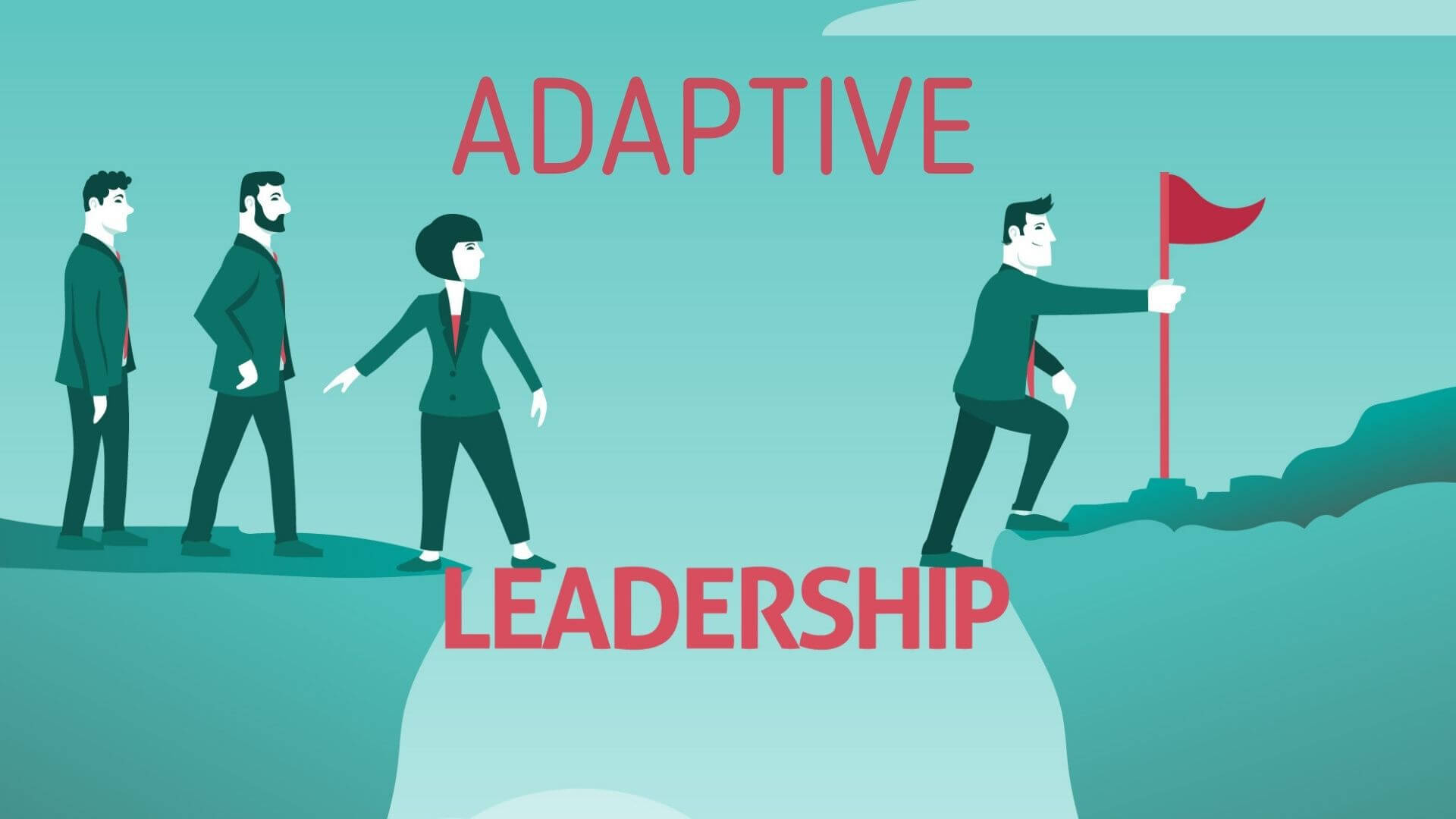Your Next “Best Employee” Already Works For You
September 5, 2023
Colleen Dick

Growth opportunity often comes in the form of making big, bold decisions – are you ready?
Identifying good employees is easy when everything is going right on a team project. The difference between a good employee and your best often lies in handling difficulties or what they do when things aren't going right.
Many tech sector companies have been hit especially hard by recent global challenges, and leaders are forced to take a hard look at their talent, especially when workforce reductions are unavoidable. Retaining your top talent during these uncertain times can help ensure that your team and company as a whole come through stronger and more efficiently than before.
Adaptability Is the Key To Success
Many businesses were forced to adapt quickly during the 2019-2020 pandemic, with forced in-person shutdowns and a notable shift in how day-to-day business is handled. The companies that embraced the changes and focused on workable solutions were the ones with less impact on their productivity and bottom line.
Spotting an opportunity amidst troubles may seem like an innate talent that visionary leaders are born with, but in truth, this is a skill that anyone in a leadership position can learn. According to Microsoft CEO Satya Nadella, "leaders don't wait for the perfect pitch or perfect weather to perform, you've got to take the hand you've been dealt and deal with the constraints."
So when your critical project hits a roadblock or your client base looks unstable, it's time for you as a leader to look at the reality of the problems and then look for opportunities.
Adaptive Leadership: Practice a Skills-Before-Resume Approach
Once you've shifted your team culture to one where everyone is encouraged to adapt and learn, you may realize that you can respond more dynamically when other problems arise. Adaptive leadership works best when the people you're leading are encouraged to participate in suggesting changes that promote better results.
But, where do you begin to practice adaptive leadership?
An easy place to start is to shift from a "great resume" team to one that's "skills first." What kind of skills do you need to accomplish your goals?
- Broaden your client base: Look for charismatic salespeople with a strong track record of closing
- Boost customer retention: Find good problem-solvers and empathetic listeners to handle your customer relations
- Ensure that your company remains on the leading edge of technology: Hire curious minds who seek out the latest developments in tech
Putting the right people with the right skills in the right places starts with looking beyond the "best resume." Once you have the right people in place, invest in them with ongoing professional training and development.
Final Thoughts on Adaptive Leadership Insight From the CEO of LinkedIn
Former LinkedIn co-founder Reid Hoffman established a concept wherein employees rotated through assignments that gave them an opportunity to learn new skills and address new challenges, with an eye toward growth and empowering employees to independently solve problems, drawing on the greater skillset they acquired during these rotations. The practice continues under the current CEO, Ryan Roslansky.
Rolansky notes that for many companies, their best employees may already be in place. He encourages leaders to look closely at the skills of their existing teams – not necessarily seniority or education – and evaluate whether their employees are in the best roles for their skills.
Success lies in the skills of your team and a collaborative environment, and an adaptive leader identifies the right skills for the right roles.